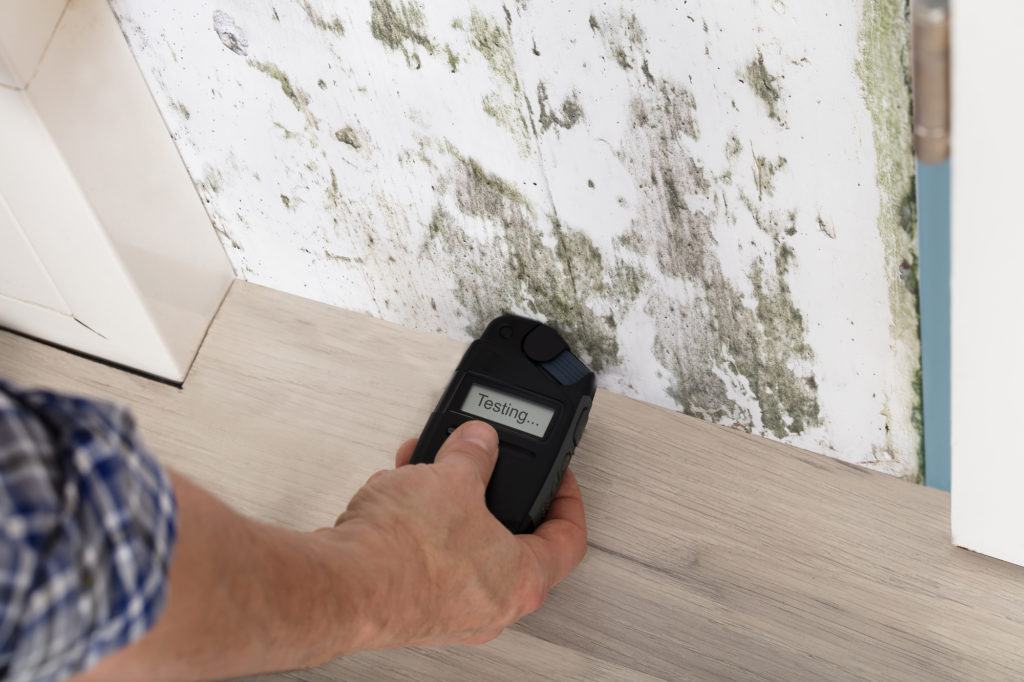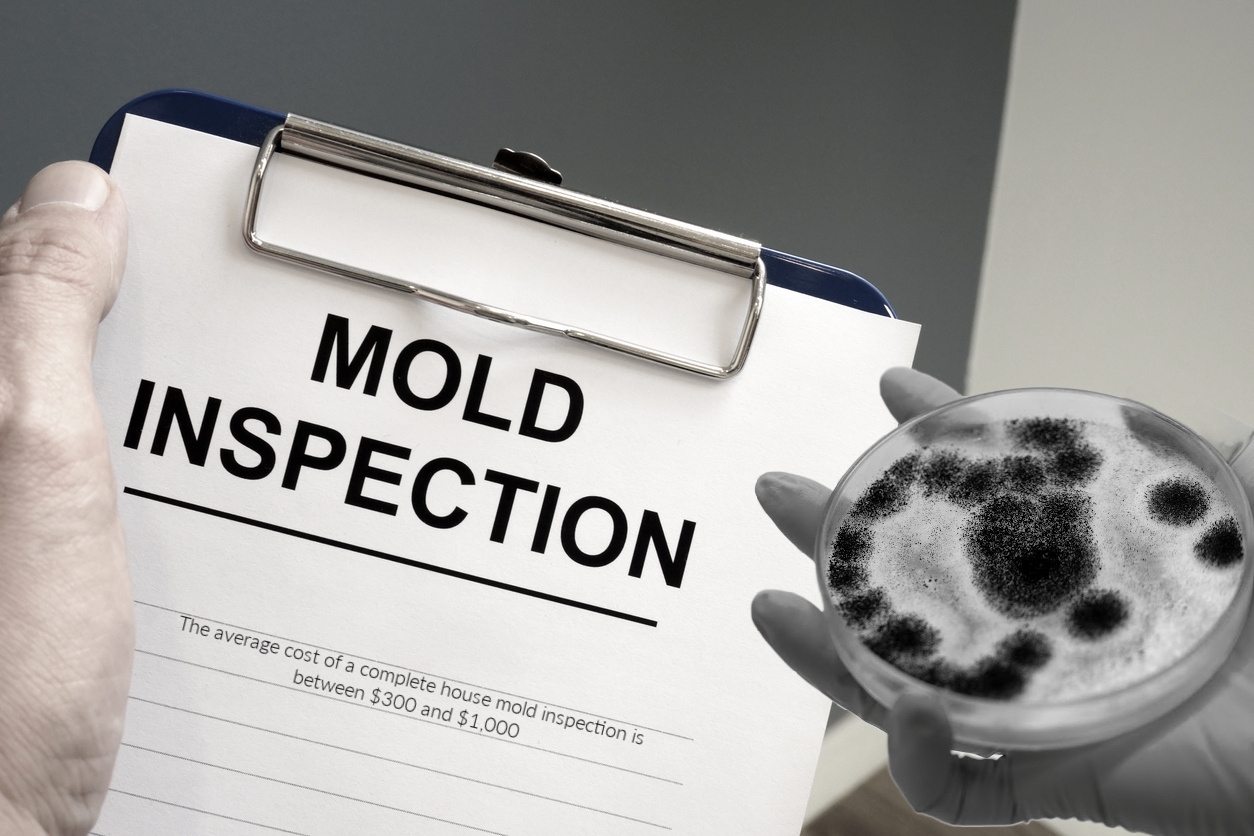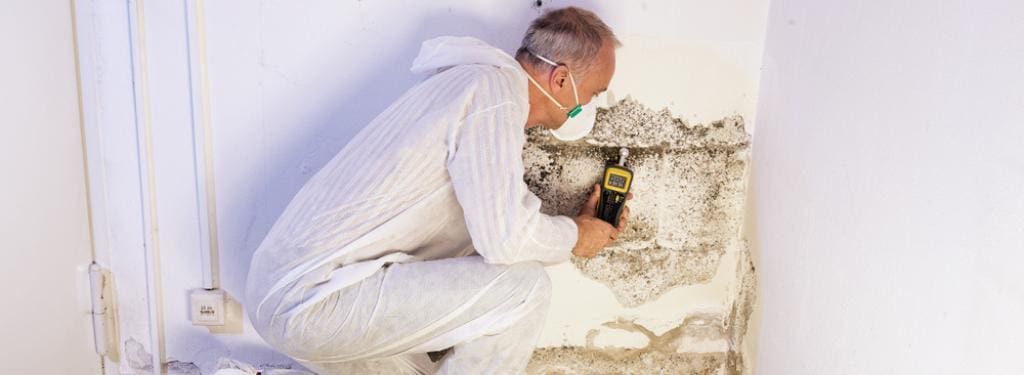Comprehensive Post Mold Remediation Procedures
Comprehensive Post Mold Remediation Procedures
Blog Article
Your Ultimate Overview to Post Mold Remediation Strategies
Browsing the world of post-mold removal strategies is a careful process that requires attention to information and a detailed understanding of the complexities entailed. In the aftermath of mold invasion, recognizing just how to successfully eradicate the mold and mildew and prevent its reoccurrence is vital for keeping a healthy and balanced indoor setting. From selecting the right cleaning and decontaminating techniques to executing approaches for lasting mold avoidance, each action in the remediation journey plays a vital function in guaranteeing an effective result. As we start this exploration of post-mold remediation techniques, we will uncover the key strategies and ideal methods that can aid you restore your room to its pre-mold condition and secure it versus future mold risks.
Comprehending Post-Mold Remediation Process
After completing the mold removal process, it is vital to recognize the post-mold remediation methods that are essential to make sure a reliable and comprehensive cleaning. Once the mold and mildew has been removed, the following step involves cleansing and disinfecting the influenced areas to stop any type of regrowth of mold and mildew. This includes utilizing specialized cleaning up agents to wipe down surface areas and eliminate any kind of remaining mold spores. It is vital to dry the location completely to discourage the development of mold in the future (After mold remediation). Correct ventilation and dehumidification can help in this process.
In addition, carrying out a final inspection post-remediation is vital to guarantee that all mold has been efficiently eliminated. If the assessment reveals any kind of lingering mold and mildew, added remediation may be necessary.
Reliable Cleaning and Decontaminating Techniques

Protecting Against Future Mold And Mildew Growth

Importance of Proper Air Flow
Correct ventilation plays a crucial role in stopping moisture build-up, a key consider mold development within indoor atmospheres. Effective ventilation systems aid get rid of excess humidity from the air, lowering the opportunities of mold and mildew spores finding the wetness they require to sprout and spread out. Without adequate air flow, indoor rooms can become a breeding place for mold and mildew, resulting in possible wellness threats and structural damage.
By making sure correct air flow, ventilation systems can likewise help in drying out damp locations quicker after water damage or flooding events, even more discouraging mold and mildew development. Post Remediation verification. Precede like bathrooms, attics, cellars, and cooking areas where wetness levels often tend to be greater, setting up and keeping reliable air flow systems is critical in stopping mold and mildew invasions

Monitoring and Upkeep Tips
Provided the important duty that proper air flow plays in protecting against mold and mildew development, it is crucial to establish effective tracking and upkeep pointers to make certain the ongoing performance of air flow systems. Monitoring moisture degrees within the building is additionally crucial, as high humidity can add to mold growth. By staying proactive and mindful to the problem of ventilation systems, building owners can properly alleviate the threat of mold regrowth and preserve a healthy interior atmosphere.
Conclusion
To conclude, post-mold remediation techniques are essential for making sure a clean and risk-free environment. Understanding the process, carrying out efficient cleaning and sanitizing techniques, protecting against future mold development, preserving correct ventilation, and normal tracking are all critical actions in the removal process. By complying with these standards, you can successfully eliminate mold and stop its return, working or advertising a healthy and balanced living space for all passengers.
In the results of mold and mildew infestation, understanding exactly how to efficiently remove the mold and mildew and prevent its reoccurrence is vital for preserving a healthy and balanced interior setting. When the mold and mildew has actually been gotten rid of, the following action involves cleansing and disinfecting the affected areas to stop any type of regrowth of mold - After mold remediation. After getting rid of noticeable mold and mildew development, it is crucial to clean up all surface areas Discover More Here in the afflicted area to eliminate any kind of remaining mold spores. Find Out More To further improve mold and mildew avoidance steps, it is crucial to attend to underlying problems that initially led to mold and mildew growth.Provided the essential role that proper ventilation plays in protecting against mold growth, it is imperative to develop efficient tracking and maintenance tips to make sure the continued performance of air flow systems
Report this page